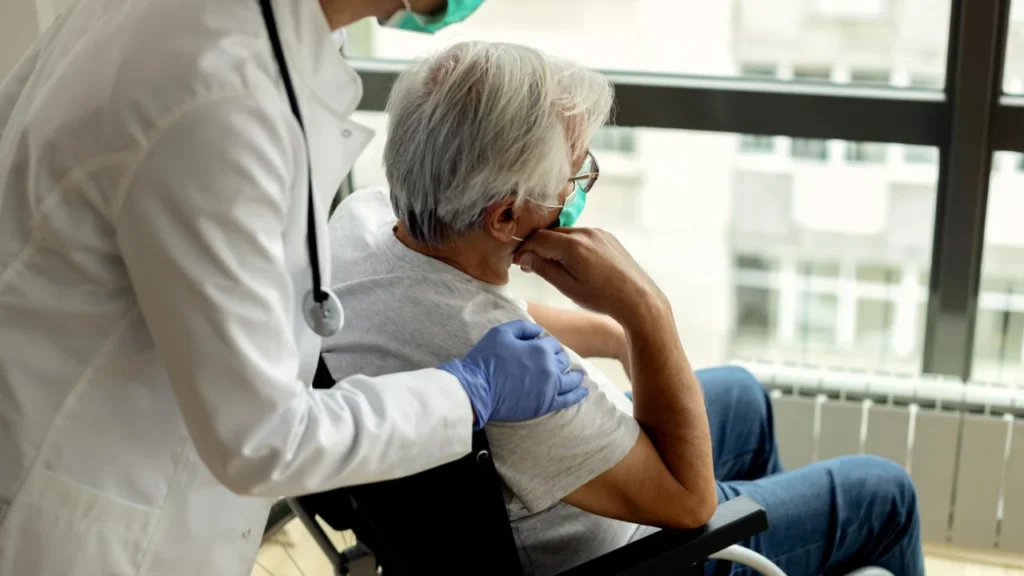
Innovative Neuroprosthetic Provides Hope for Parkinson’s Disease Patients with Limb Impairments :
In an progressive partnership among neuroscientists and neurosurgeons from the Swiss Federal Institute of Technology, Bordeaux, France, and Lausanne, Switzerland universities, a today’s digital tool has been created to treat the crippling walking issues that effect approximately 90% of people with superior Parkinson’s ailment. A major advancement, the neuroprosthetic targets the part of the spine that fires the muscles in the legs when a person walks—a function that appears to be unaffected by traditional Parkinson’s therapy.
The novel neuroprosthetic focuses on the spinal cord, opening the door for a more successful intervention, in contrast to conventional therapies that target brain regions affected by the loss of dopamine-producing neurons. Grégoire Courtine, a neuroscience professor at Lausanne University Hospital, highlights the novel strategy by saying, “It is impressive to see how we can correct any walking disorders caused by Parkinson’s disease by electrically stimulating the spinal cord in a targeted manner.”
The teamwork included professionals like Bordeaux University neuroscientist Dr. Erwan Bezard, who is well known for his commitment to comprehending neurodegenerative diseases, especially Parkinson’s, and neurosurgeon Jocelyne Bloch, a professor at Lausanne. The knowledge and skills of Dr. Bezard were crucial in supplying the technological and conceptual understanding needed to apply the neuroprosthetic device in patients.
Marc’s tale is truly amazing; he was the first patient to have this ground-breaking device implanted. Marc’s neuroprosthetic was fitted two years ago by a team of medical professionals and scientists at Lausanne University Hospital through a precise neurosurgical procedure. The apparatus consists of an electrical impulse generator implanted beneath the skin of his abdomen and an electrode field pressed up against the spinal cord, which regulates walking.
Marc’s walking disorder rapidly improved with targeted programming of spinal-cord stimulations that adjust in real time to movements. He can now walk nearly normally after receiving neuroprosthetic rehabilitation for several weeks. Marc makes use of the device for about eight hours each day, only shutting it off at the same time as he sleeps or for prolonged durations of time whilst he sits nevertheless.
This ground-breaking discovery gives the Parkinson’s community hope by offering a different and practical remedy for those with chronic walking disorders who are not responding to existing therapies. Given Marc’s success, the neuroprosthetic has the ability to significantly improve the fine of life for people with superior Parkinson’s ailment.
This partnership represents a substantial turning point within the clinical community’s investigation of novel remedies for neurodegenerative illnesses and emphasises the price of multidisciplinary efforts in increasing the frontiers of medication. The participating researchers are optimistic about the future, noting the possibility of this neuroprosthetic technology becoming widely used and having a profoundly positive influence on Parkinson’s patients’ lives all over the world.